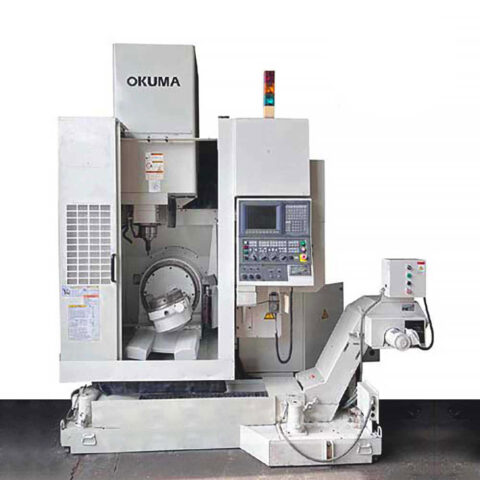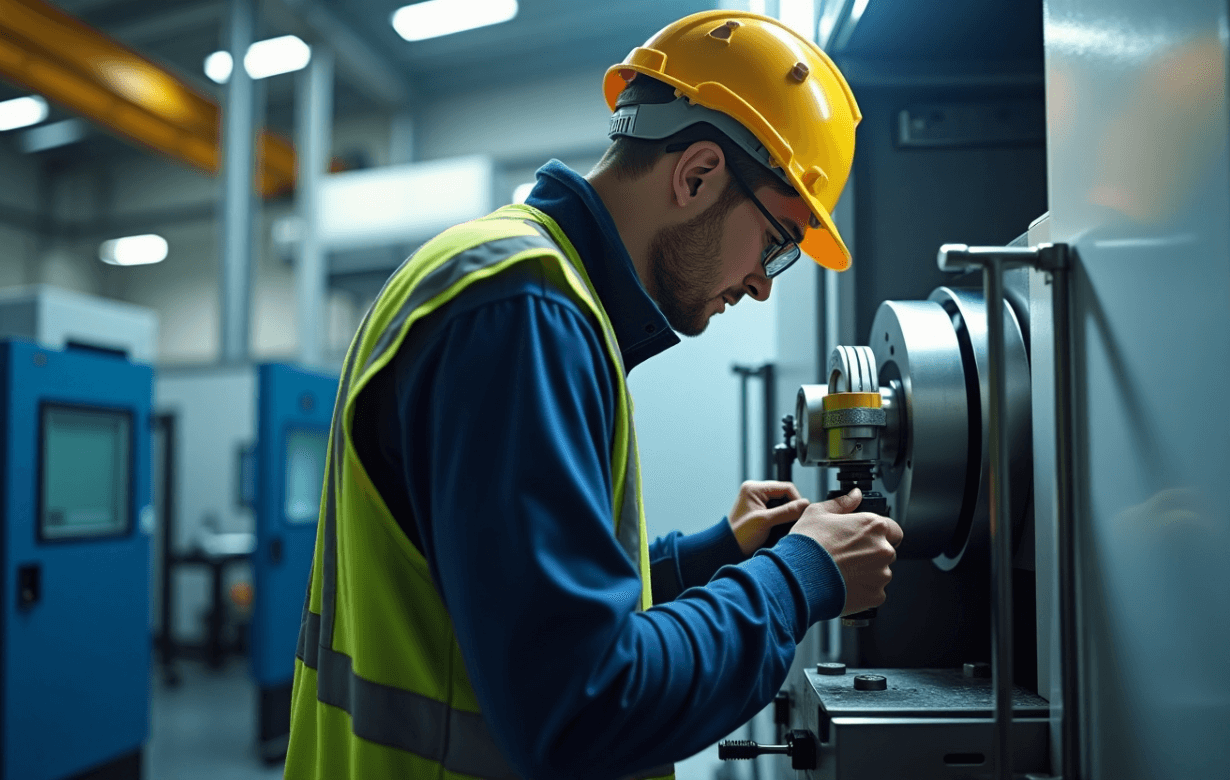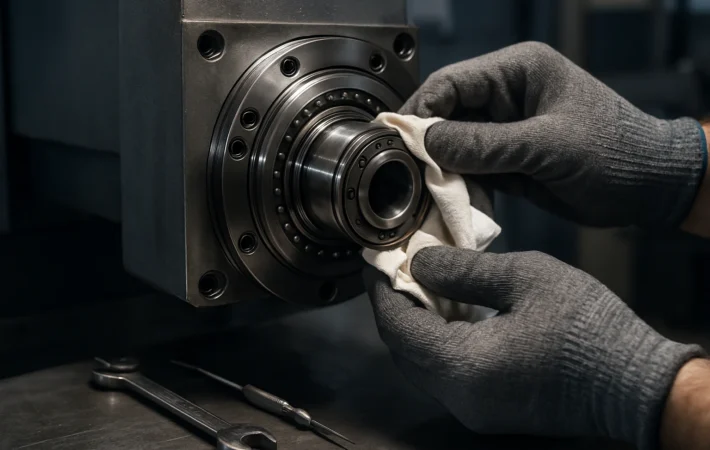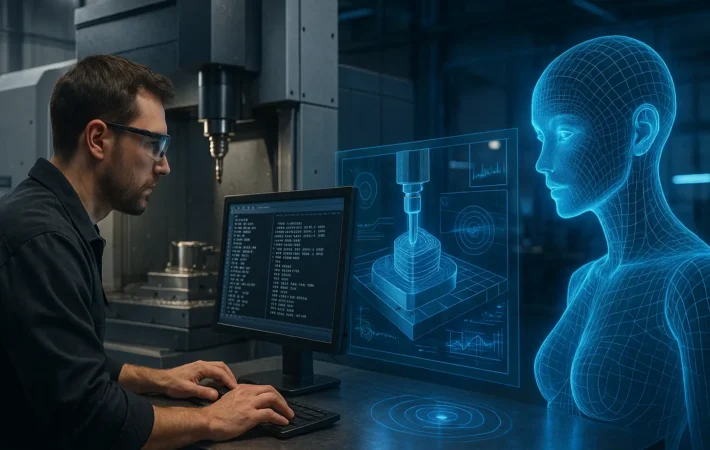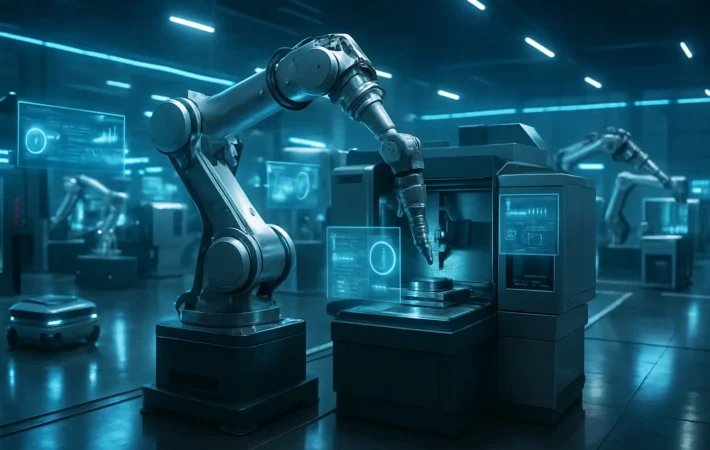CNC machines are the backbone of the manufacturing world in current times, and the reason why these machines have been so popular among manufacturers is because of the precision and accuracy that they bring compared to manual manufacturing processes. When you are working for high precision industries like aerospace or defense then it becomes very important to ensure that the CNC machines can deliver accuracy and for that calibration is extremely necessary. Constant calibration of the CNC machine is a non-negotiable point to make sure the machine can maintain high tolerance while machining. In this blog, we will talk about what calibration is, how to calibrate your CNC machine, and how exactly calibration is going to help you.
What is CNC Calibration?
CNC calibration is the process of testing and adjusting a machine’s accuracy to make sure that it continues to produce parts with consistent quality and repeatability. Here are some things you need to check and correct: Axis movement of X, Y, and Z axes, cutting feed rates, spindle speed and alignment, machine squareness and straightness, and volumetric position errors. It is not a one-time process; it is continuous for as long as you use the machine because CNC machines naturally face wear and environmental damage over time.
Why does CNC Calibration matter?
The main strength of CNC machines is the precise machining services they provide and without calibration it can be damaged. So, here are some main reasons why CNC calibration matters:
- Dimensional errors start happening which leads to parts being out of tolerance.
- Repeatability will decline leading to variation in the manufacturing of the same parts.
- Tool wear will increase, and scraps and reworks will drive the total costs.
- There will be a sharp decline in the quality standards of the products without proper calibration.
Toolbox for CNC Calibration:
Before we go into discussing how to calibrate your CNC machine, we need to know the tools and instruments you will need to do that:
- Basic tools: Here’s the list of some basic tools that you will surely need to calibrate your CNC machine:
- Dial indicators
- Calipers
- Micrometers
- Gauge blocks
- Edge finders
- Ballbar kits
- Advanced instruments: Here are some advanced tools that you can bring to do the calibration with the best level of accuracy:
- Laser interferometers: These instruments are used for nanometer level of axis alignment.
- Three plane laser systems: These tools are used for measuring axis straightness, squareness, and scale errors.
- Encoders or Scales: Built in feedback for premium CNC machines.
Step by Step Calibration guide for your CNC Machine:
Now, let’s start discussing what are the steps that you will have to follow to calibrate your CNC machine properly and get the machine running while maintaining accuracy:
- Check the axes’ geometry and straightness: The first step of calibrating your CNC machine is to check the details of all the axes of the CNC machine. Start by using precision measuring tools like dial gauge and micrometer to measure the travel distance of each axis. Compare the measured distance to the programmed movement, then adjust the steps per millimeter in your control system until the actual movement matches the control movement.
Perform the ball bar tests, which will help you measure path deviations to identify backlash, servo mismatch, and nonlinearity. For the highest precision levels, use laser infometers to scan each axis at multiple points. - Inspect the spindle alignment: The spindle is an important component of the CNC machine. Simple misalignment of the spindle can cause severely inaccurate cuts by the cutting tool. Use test indicators to check the alignment of the spindle.
You can use dial indicators or an extended arbor to measure the spindle runout and aim for < 0.001 in (~25 μm). Use precision levels to verify planar alignment and flatness of the table within ~0.002 in (~50 μm). - Squareness and Base leveling: In the next step, you need to focus on squareness. For that, you can use laser and ball bar data to ensure X-Y, Y-Z, and X-Z axes are perpendicular because any kind of squareness error can lead to the shifting of part geometry.
Other than that, you will have to focus on base leveling too. An uneven base will bring errors across all the axes of the CNC machine. You can use a machinist’s level to ensure that the machine’s base is perfectly leveled. - Compensation: In the next step, adjust machine offsets with linear encoders or apply compensation maps directly in control, mapping deviations across travel. You can use your CNC machine’s compensation feature to correct for the minor errors like backlash or thermal drift.
- Dry run and verify: Finally, you need to do a dry run and test cuts to check whether the calibration has been done in the right way or needs any fine tuning. Run the test cuts at typical speeds and verify the chip sizes, surface finish, and forces, then adjust the settings as per requirement. If you see that there is still any lack in accuracy and precision of cutting by the CNC machine then you can repeat some of these steps until it meets your needed specifications.
Top post calibration practices:
After the whole calibration process is done, there are some other simple works too that you will have to get done –
- Continue to regularly use tool probes or spindle probes, which will help you catch drifts.
- Try to maintain a clean environment as dust, temperature swings, and vibrations due to residuals can lead to a fall in accuracy.
- Make sure to recalibrate after every crash or repair, even if the repairs seem to be minor.
Best Practices for CNC Calibration:
Here are some of the extra tips that you need to keep in mind while calibrating your CNC machine that will benefit you:
- Maintain a document of calibration for your CNC machine. In that document, mention everything like calibration dates, results and adjustments.
- Calibration is a precise job which needs to be done by people with high skills and expertise of the topic, so hire qualified technicians to get the job done.
- Doing regular maintenance is also a part of calibration. Inspecting for wear and tear of the machine or lubricating the moving parts on a regular basis is an important part of calibration too.
What is the right calibration schedule?
Now, after reading all the advice about how to get the calibration done, you might question how frequently you need to do that. Here are some factors that determine how frequently you should calibrate your CNC machine:
- The usage of the machine, and what load it has to cut because high volume production CNCs will need more frequent calibration.
- The tolerance you need while machining as tighter specs need tighter calibration.
- If the machine is older or has been working under rough conditions then you need to calibrate the machine fast.
Here’s a generalistic recommendation schedule for calibration of your CNC machine:
- Visual or tool offset checks should be done on a weekly or monthly basis.
- Spindle and ball bar tests should be done quarterly and biannually.
- Laser alignment should be done annually, or even more frequently for tight tolerance operations.
Common Calibration Problems and Solutions:
Here is a list of some of the common calibration problems that you might have to encounter and how to solve those issues:
- Sometimes play between mechanical parts can cause positioning errors, use backlash compensation settings in the control system to solve that problem.
- Sometimes machines expand and shrink according to temperature, so it is better to do the calibration when the machine has reached the optimal temperature.
- Operator errors are common in calibration so make sure the operator or technician is well trained for the job.
Conclusion:
In conclusion, calibration of a CNC machine is a very important task and it needs to be done following the right schedule so that the machine can run and produce materials with optimal precision and accuracy. Also keep in mind the common problems that people face to make sure you can avoid them. Now, if you are looking to buy some top notch used CNC machines that can do high precision cutting jobs then you can check our collection of Used Hyundai CNC Machines.

